Harold Trinkunas
Brazil is China’s most important economic and political partner in South America, as well as a key participant in the Brazil, Russia, India, China, and South Africa (BRICS) grouping of emerging powers that China increasingly leads. When it comes to global aspirations, China and Brazil have historically been in sync on their critiques of the liberal international order, if not on their preferred remedies. Historically, their prescriptions for foreign policy differ in important ways. China would prefer a world order that better accommodates its interests, and it is becoming less reluctant to use the threat of force in foreign policy to maintain its ascendancy in its geopolitical neighborhood. Brazil traditionally has preferred a rules-bound liberal international order that applies to everyone, especially superpowers. Unlike China, it foreswears the use of coercion in international affairs, even to protect its interests in its immediate neighborhood, South America.
Since President Jair Bolsonaro assumed office in January 2019, this historical pattern has been upended. Bolsonaro and his foreign policy team have adopted a strongly pro-U.S. (specifically pro-President Donald Trump) agenda internationally, including engaging in frequent critiques of China. Domestically, the partnership with China has been controversial with some sectors. Specifically, the partnership is criticized by the Brazilian manufacturing sector, which faces strong competition from Chinese products and lacks reciprocal access to Chinese market, and by nationalist-populist voters who support Bolsonaro. Agricultural export interests, by contrast, favor a strong relationship with Beijing because China is a major market for their products.
 The People's Liberation Army Rocket Force (PLARF), formerly the Second Artillery Corps, has a modern up-and-running missile storage facility barely 250 km from the Ladakh capital.
The People's Liberation Army Rocket Force (PLARF), formerly the Second Artillery Corps, has a modern up-and-running missile storage facility barely 250 km from the Ladakh capital.
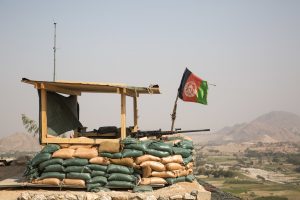
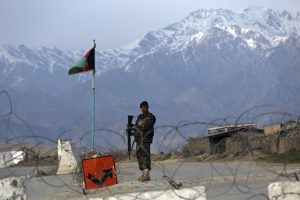

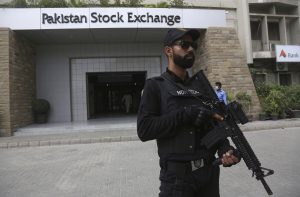
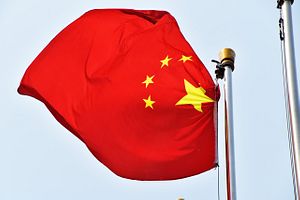
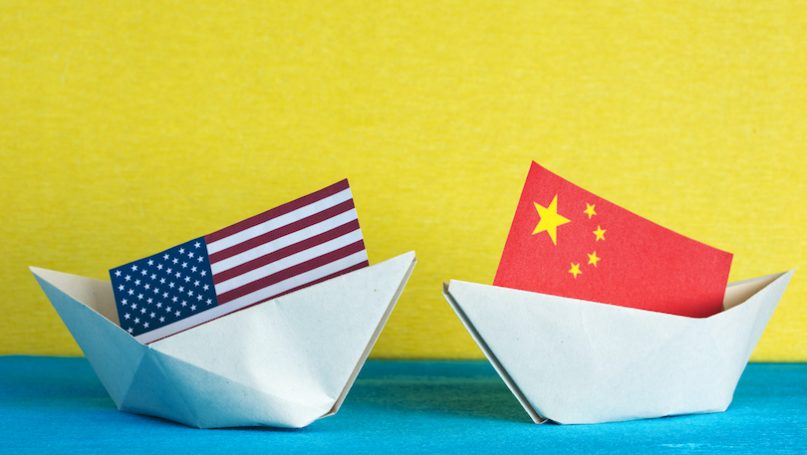





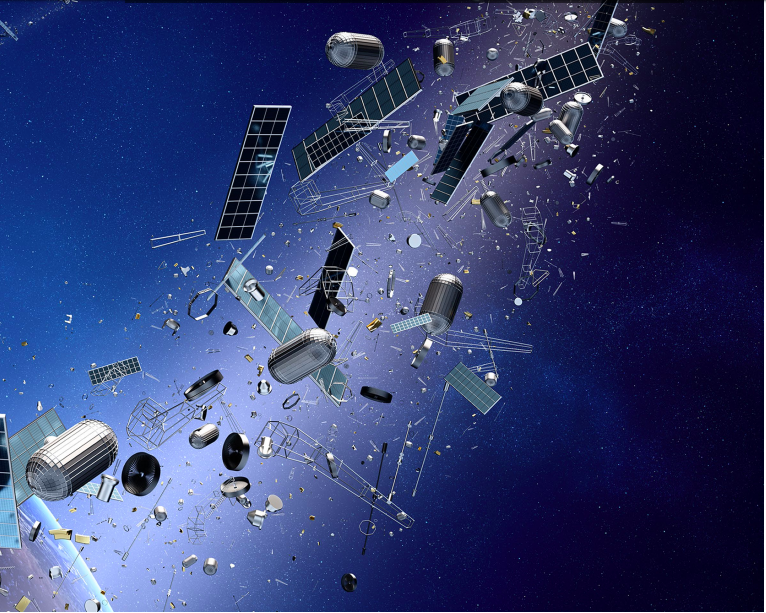


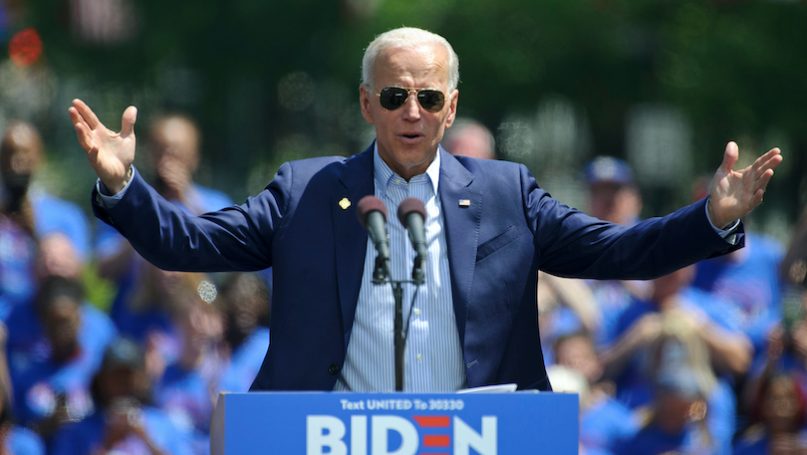
/cloudfront-us-east-1.images.arcpublishing.com/mco/RCIA4MEOCRHLNARQAFI3EBFUGQ.jpg)

